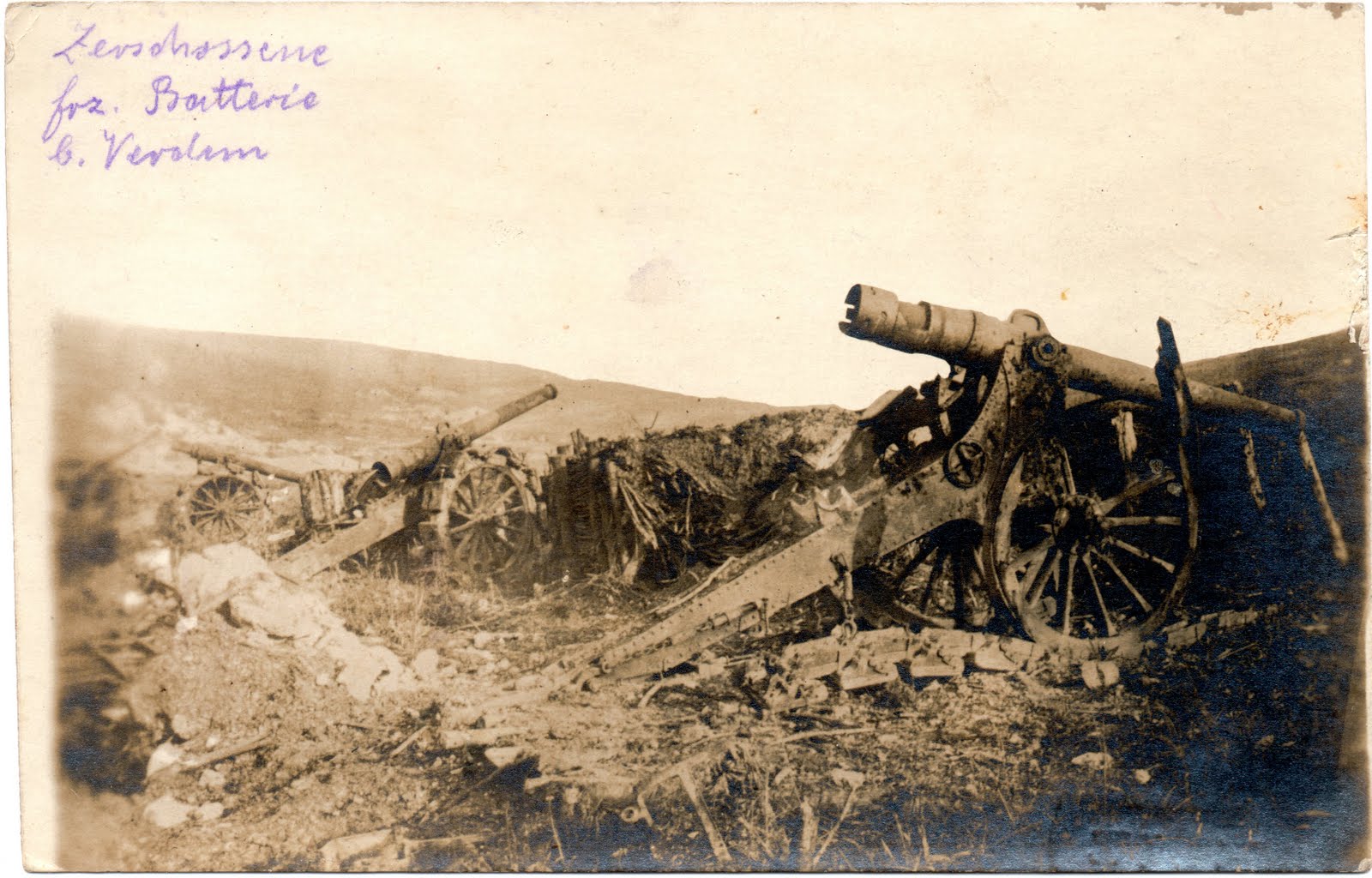
The Verdun Memorial reopened in 2016 after renovation work and has an exhibition about the battle on three floors. This is also where the "unknown soldier" now lying beneath the Arc de Triomphe in Paris was chosen. It has recreations of scenes from everyday life during the battle. This veritable logistical HQ is very impressive and is made up of tunnels where the soldiers lived and military equipment was stored. Today, Verdun is the world capital of Peace, and has managed to combine tourism development and the duty of remembrance without striking any wrong notes.Īs well as the many nearby war-related sites and remembrance locations for the Battle of Verdun centenary (Douaumont Ossuary and Fort, Fort Vaux, the Sacred Way, Souville Fort, Thiaumont Fortress, etc.), you can visit the city's underground citadel, built between 18, to help you understand the events of the First World War. After the terrible battle in 1916 in which two out of three French soldiers fought, the town was devastated, and would once more endure German occupation in the Second World War. After the Franco-Prussian War of 1870 and the annexation of Alsace-Lorraine, it became the stronghold of the north-east border. As the location of a terrible battle that lasted 10 months in 1916 and killed over 300,000, the city honours this sorrowful past by paying a permanent tribute to the soldiers who died on the front.Ī garrison town from the 17th century onwards, fortified by Vauban, Verdun became increasingly militarised in the 19th century, at the expense of industry. This battle was not only the longest of the First World War, but it serves as an example of how wars unfolded at the beginning of the 20th century : the attrition of troops and hand-to-hand fighting, in addition to the use of trenches, marked a time of warlike conflicts that only ended with the surrender of one side and the conquest of enemy territory.The Lorraine city of Verdun, in the centre of Meuse, has been shaped by major historical events linked to the First World War.

This battle prompted the British army to advance positions and carry out the Battle of the Somme , in July of that same year.The German army lost many important young leaders, which meant a weakening in its command lines and, subsequently, the progressive decline of its offensive until it lost all its positions and was declared the loser of the First World War.An estimated 370,000 French soldiers and 350,000 German soldiers were killed . More than half a million injured were also reported. Although the death toll from this war was extremely high, the exact figure will never be known.The main consequences generated by the battle of Verdun were the following: How long was the battle of Verdun effects How long was the battle of Verdun On the other hand, Germany intended to invade the French reserves and then destroy them and force France to surrender. The German Fifth Army was commanded by Prince William of Germany, along with General Erich von Falkenhayn, while the French Second Army was under the command of Henry Phillipe Pétain , who was later replaced by Robert Nivelle.

This battle is not only characterized by being one of the longest fought during the First World War, but also by being one of the bloodiest in world history.

Pride, politics and tactics would all play a role in prolonging one of the deadliest conflicts of the Great War. A deadly combination of strategy and circumstances ensured Germany and France fought on for nearly 10 months, even when the largest swathe of territory gained amounted to a mere five miles.The Battle of Verdun, the longest engagement of World War I, ends on this day after ten months and close to a million total casualties suffered by German and French troops.In 2000, Hannes Heer and Klaus Naumann calculated that the French suffered 377,231 casualties and the Germans 337,000, a total of 714,231 and an average of 70,000 a month. The battle lasted for 302 days, the longest and one of the most costly in human history.The Battle of Verdun was a warlike conflict that took place between February 21 and December 19, 1916, within the framework of the First World War. In it the armies of France and Germany faced each other, in the town of Verdun-sur-Meuse, France.Enhance your reading: Moche government/location/characteristics/religion/economy How Long the battle of Verdun?


 0 kommentar(er)
0 kommentar(er)
